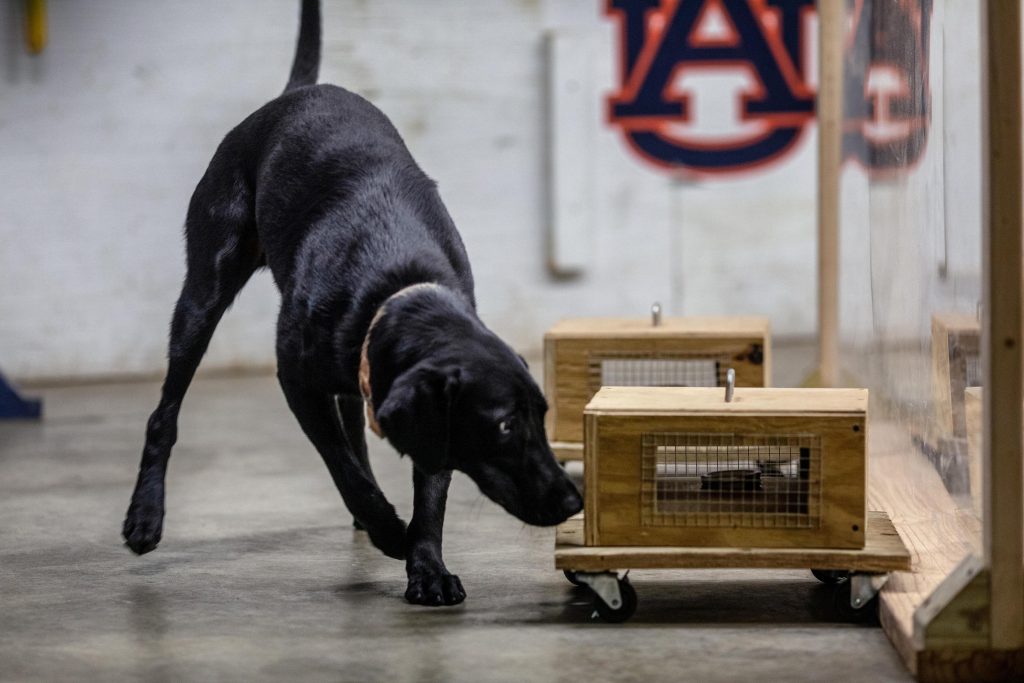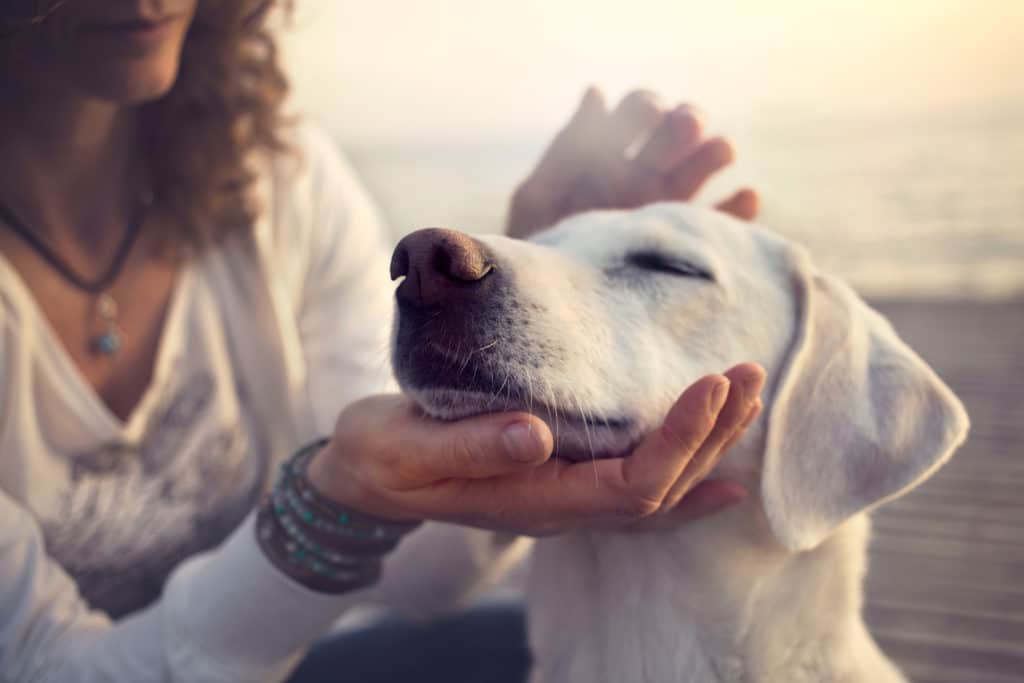Facts You Would Like to Know about Dogs
Dogs are adorably cute and loving. For most dog parents, they’re no less than the family. These furry animals have been there for thousands of years as best companions for humans. But how much do we know about them? Do we know everything? Absolutely NO! There is a lot to perceive about these genius creatures. So, we have put together some interesting facts about canine friends that every dog lover should know.

A newly born dog can’t see or hear.

Dogs (puppies) are born deaf and blind. They neither can see nor can they hear anything until they reach the age of two weeks. In fact, they don’t even open their eyes until then. Interestingly, newborn dogs use their olfactory system (sense of smell) to recognize their mother dog.
Puppies sleep for about 18-20 hours a day.

Just the way infants do, a puppy on average sleeps for about 12-14 hours a day. To support the development of their critical organs like the heart and brain, younger puppies need approximately 18-20 hours of sleep. At the age of one year, puppies reach their adult stage and get into the sleeping habit of an adult dog, which is about 8-12 hours a day.
The first sense a dog develops is ‘the touch’.

Once a puppy is born, the mother dog cleans the baby dog by licking and nudging. This way puppy’s nerve endings get energized and blood starts flowing throughout their body. This is how the touch helps a puppy bond with its mother. This helps them develop stronger social connections as they grow.
Dogs sniffing senses are 10000 to 100000 times superior than those of humans.

Canines carry about 250-300 million olfactory receptors with approximately 160-180 cm2 of epithelial surface area compared to 6-10 cm2 in the human nasal cavity. A dog’s brain analyses odors approximately 35-40 times more than that of a human being. This is the reason dogs are used for various criminal and military investigations.
Dogs can smell and breathe at the same time.

Dogs depend on their olfactory sense to look for food, alert themselves to possible threats, and recognize friends or close ones. Their muzzles are structured in such a way that all kinds of scents can linger in their nostrils and air can move in and out of their lungs simultaneously. As a result, dogs can smell things around them and breathe at one time.
Quick facts about Dogs
- Dogs carry about 18 or more muscles in their ears.
- Every dog has a nose with a unique pattern.
- Dogs are as intelligent as a two-year-old child and can learn up to 250 words.
- Canines can dream like humans.
- Patting a dog can lower blood pressure in both dogs and humans.
- Dogs carry about 1500 to 1700 taste buds.
Dogs are quick on their feet.

Most dogs can effortlessly race humans out on any given day. Their physique is constructively built for running. It is worth knowing that the swiftest dog breed on earth is Greyhounds with the fastest speed of approximately 45-50 miles per hour and it only takes them a few seconds to reach it once they start to run. Interestingly, Labrador retriever, Siberian husky, and Dalmatian dog breeds can run for distances with a consistent speed of about 12-15 miles per hour.
Dogs possess incredible hearing senses.

Once a puppy grows and its senses are developed, it can hear about four times the distance as compared to humans. Unlike humans, dogs can catch high-frequency sounds. Dogs can recognize sounds in the frequency range of about 65 to 45,000 Hz, whereas humans detect sounds in the range from approximately 61 to 23,000 Hz. Dogs can detect sounds of approximately 30,000 vibrations every second. They can close their inner ear to be able to refine disturbing sounds.
You can’t mask your sentiments from dogs.

Dogs’ olfactory senses are capable of detecting adrenaline. They can recognize your moments of anxiety, fear, and sorrow. When we are high with emotions (in anxiety or fear), blood quickly flows to the heart resulting in increased heart rate. This results in a flow of energy to the body’s surface. Dogs use this sense of energy to determine your emotional state. So you may successfully deceive your friends, hiding your anxious moments with that plastic smile, but your four-legged companion senses your emotional highs and lows even when you are not expressive.
Dogs fall in love.

When we are captivated by someone, our brain lets the dopamine out and the serotonin level rises, resulting in the production of oxytocin. Remember those butterflies you feel in your stomach and the tingling sensation that runs through top to toe when you feel a certain way; believe it or not, that’s love and dogs go through the same emotions too; they feel this for both humans as well as for other dogs. They may not be able to put their emotions into words but show love their own way when they gaze into your eyes; rub their face on you; make all kinds of faces or cuddle with you.

